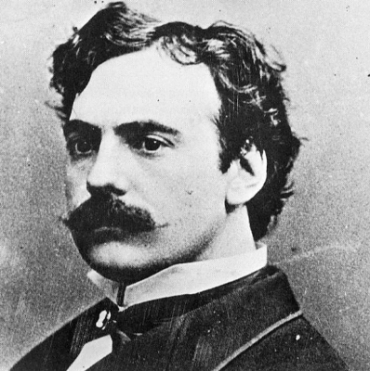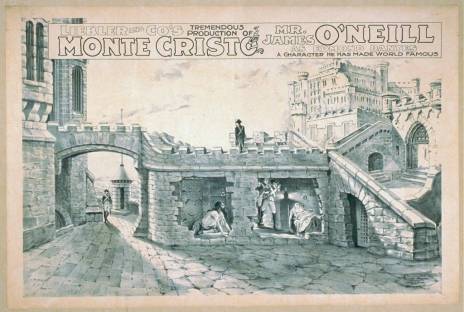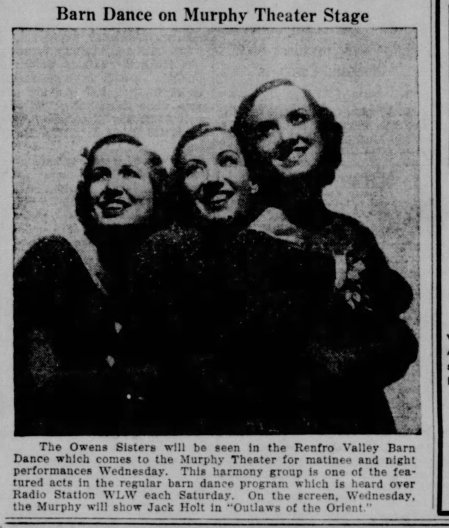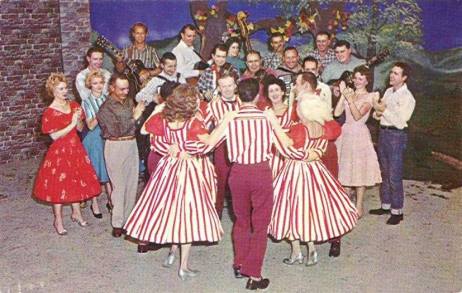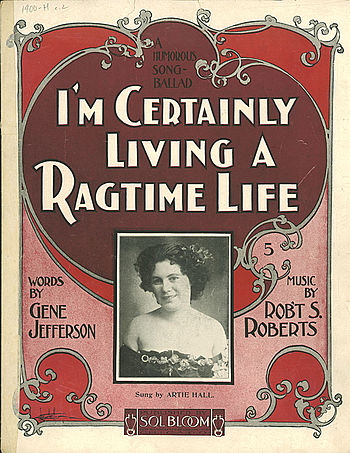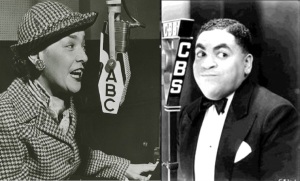Uncle Dave Lewis and I will again be speaking about Bob and Nick Roberts and we have some exciting new discoveries to present! The flyer for the program is below.

ARSC New York Chapter
FEBRUARY 2016 Meeting
7:00 P. M. Thursday, 3/17/16
(At the CUNY Sonic Arts Center)
West 140th Street & Convent Avenue, New York
Or enter at 138th Street off Convent Avenue
Shepard Hall (the Gothic building) – Recital Hall (Room 95, Basement level)
An elevator is located in the center of the building
“I May Be Crazy but I Ain’t No Fool”
The Legacy of Funnyman “Ragtime Bob” Roberts
PRESENTED BY DAVID N. LEWIS AND REBECCA FORSTE
Many collectors of vintage records need no introduction to Robert S. “Ragtime Bob” Roberts, one of the most charismatic and mysterious figures in the early phonograph industry, his name appearing on nearly 500 discs and cylinder releases. Researcher Rebecca Forste and I have been looking into the Bob Roberts story from the context of his hometown of Cincinnati, Ohio and have made new discoveries in the life of this key entertainer. We have discovered a new birthdate for him and have made inroads into his family history, particularly in regard to his illustrious father, minstrel show entertainer and circus entrepreneur Nick Roberts (1841-1905). This will be a joint presentation where the Nick Roberts-related material will be presented by Rebecca Forste, with Uncle Dave Lewis joining in on Roberts’s recording activity, and later, career in early radio.

David N. “Uncle Dave” Lewis has been an ARSC member since 1999. He has presented at several ARSC Conferences since giving his first talk in Santa Barbara in 2002 on the subject of the obscure bandleader, Harry Spindler. Lewis ran the underground record label Hospital Records out of Cincinnati in the 1980s and has had a long presence in public radio, appearing in years-long programs on WAIF (Cincinnati) and WCBN (Ann Arbor, University of Michigan). He worked as a classical music buyer for West Coast Tower Records and Virgin Megastore locations in the 1990s and spent a decade as an editor for the All Music Guide, now RoviCorp. Today he presents monthly lectures at the Public Library of Cincinnati and Hamilton County on topics relating to the music and recording industry in the Ohio Valley, and is an historian and producer for WVXU, the NPR affiliate in Cincinnati. His radio piece on bandleader Earl Fuller won an “Excellence in Journalism” award from the Society for Professional Journalists.

Rebecca Forste has worked as a contributor and editor for a variety of publications. Her background and interest in sound recordings is largely the legacy of her late mother, who was an audiophile and longstanding collector.
She contributes reviews to the ARSC Journal and returns to these meetings following her initial appearance last year in the Hal Kemp program.
DIRECTIONS TO THE SONIC ARTS CENTER
Subway: Take the 1 train to 137th Street City College and walk north to 140th St. & Broadway,
then go east to 140th St. & Convent Avenue. Take the A, B, C, or D trains to 145th St, go south on St. Nicholas to 141st St, (one long block), then west one block to Convent Avenue, and south one more block to 140th & Convent Avenue.
Bus: M4 and M5 on Broadway; M 100, 101 on Amsterdam Ave. (one block West of Convent Avenue)
All ARSC NY Chapter meetings are free and open to the public.
Voluntary contributions to help defray our expenses are welcome!
To join ARSC, visit http://www.arsc-audio.org




